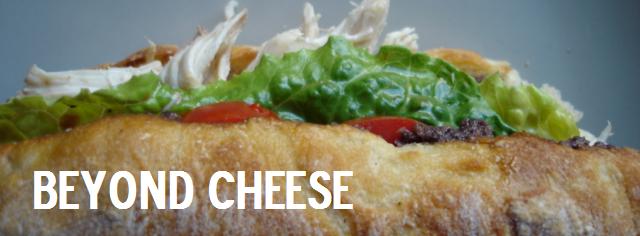So much fruit. Pounds and pounds of fruit. At the time, I was simply relishing the joy of finding yet another "one" on the tree. How did it become so much?

Years ago, I entertained the notion of canning. It sounded like such a grand idea, preserving the best of the season to be enjoyed year round or, even better, being able to give the gift of jam. That was ages ago. But today, I have over 30 pounds of fruit (it seems) on my kitchen countertop. I'd better get started.

Blenheim apricot jam. Sweet little apricots, they are; even moreso in the jar. White nectarine preserves, stone fruit butter, peaches and more peaches, what about the rest? Looks like I'll need more jars.

Preservation is an art, somewhat lost. But really, it is so simple, I don't know what took me so long to come around. And I have so much to look forward to, lovely summer fruit for months to come.
As (surprise!) I was not prepared to preserve such a mountain of fruit, I wasn't able to find all of the accoutrements (aside from lids and jars) at the last minute. While I got by with a pair of tongs and crossed fingers, I highly recommend, at the very least, scoring an actual jar lifter that is intended to do the job of lifting hot jars in and out of boiling water. Also, if you only have one large pot, you can get by: after filling jars, return to the same pot, crank up the heat, and start the timer after the water comes back up to a boil.
For more information, please refer to the veritable authority on American home canning at freshpreserving.com. Or, for truly extensive information, including a completely different take on the role of sugar in canning, take a look at this from Colorado State University.
Stone Fruit Butter
yields about 2 pints
4 pounds stone fruit (such as peaches, apricots, and nectarines), peeled and sliced
½ cup sugar
Juice of 1-2 lemons
Simmer cut fruit and sugar in a medium saucepot until fruit has softened; puree fruit.
Continue to cook over low heat, stirring occasionally to prevent scorching, until the fruit has thickened well enough to round up on a spoon. Add lemon juice (to taste) to brighten the flavor.
Enjoy fully with warm toast.
For preservation:
Fill a large pot with enough water to cover jars by at least 1-2 inches.
In a second pot, fully submerge 2 clean pint jars (or 4 x ½ pints), and new, unused lids in 180° degree water for at least ten minutes prior to filling; keep the bands clean and to the side. Remove jars from hot water as needed.
Ladle warm butter into hot jars, leaving ¼” headspace at the top of the jar. Remove any air bubbles by sliding a plastic (non-metal) spatula between the jar and the fruit; clean away any fruit butter from the rims of the jars. Set the lids onto the jars and screw on the bands just until firm and snug, do not try to make it as tight as you can. Carefully lower jars into pot of boiling water, cover and process for 10 minutes.
After 10 minutes has passed, take the pot from the heat and allow the jars to rest for 5 minutes before removing, this will help with any temperature shock that could potentially damage the jars.
Remove jars, set upright with 1-2 inches of space between the jars; allow to cool for 12-24 hours. After cooling, check for a seal by removing the bands and attempting to pop off the lid with your hands; you should not be able to do so. Upon passing the seal-check, replace band and store jars in a cool, dry place for up to 1 year. If instead the lid pops open, all steps, including reheating the butter, should be repeated.



No comments:
Post a Comment